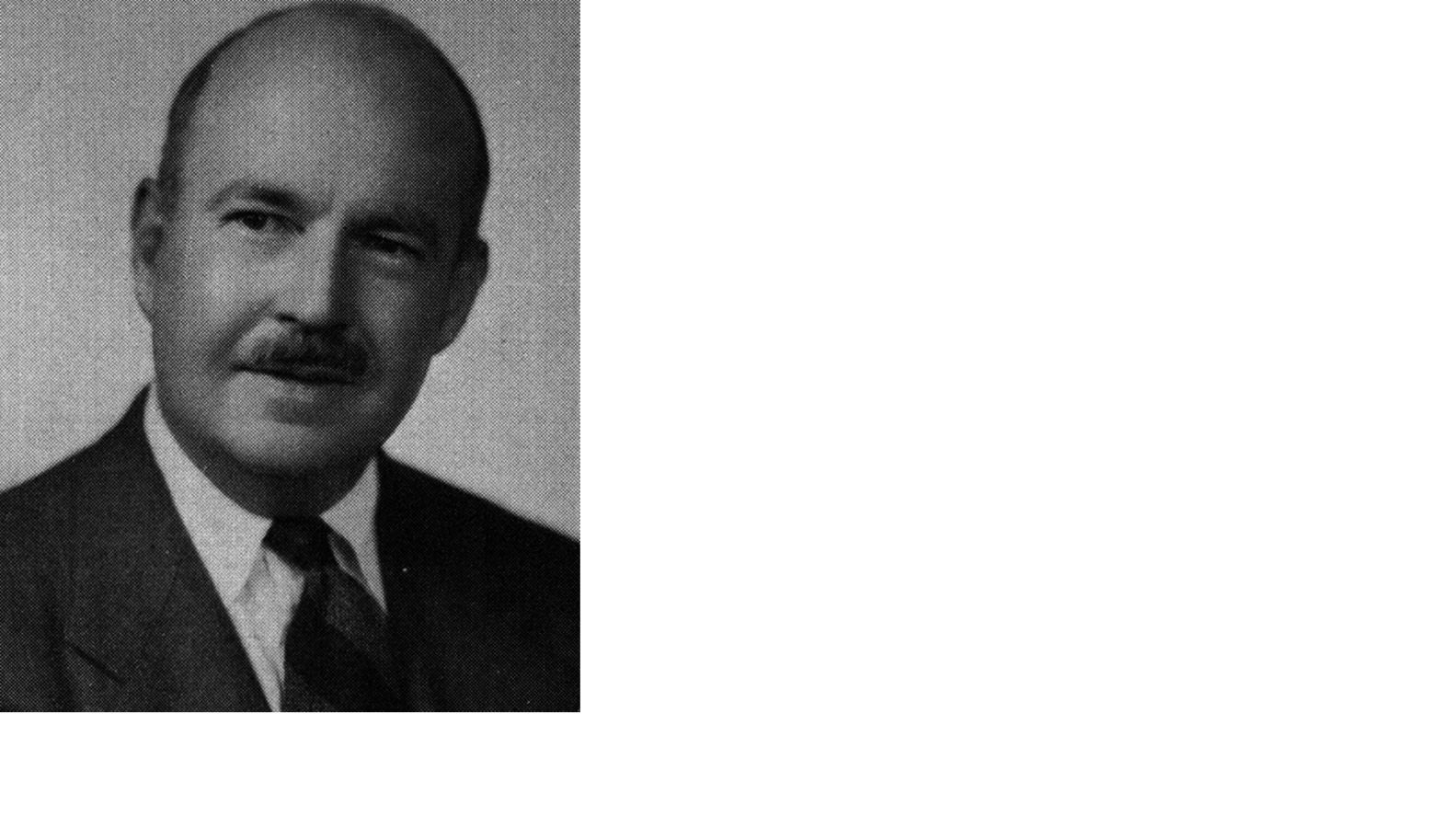PARSONS
Parsons: The organic analogy
He identifies three ways in which society is like a human organism;
- System: Both are self-regulating systems of inter-related but still independent parts that fit together. In society the parts are social institutions (education etc) and individual roles (teacher) etc
- System needs: The organs in the body have needs to survive, so does society, like socialised people to continue society.
- Functions: The function of things in the body and society are the contributions they make to meeting the systems need. The economy meets the need for society by meeting the need for food and shelter.

Value consensus and social order
Parson argues the answer the question of ‘how is social order possible?’ is that it is achieved through shared culture or a central value system. The cultural value system of goals and norms etc are what form the basis of the value consensus which hold society together.

Integration of the individual
Value consensus integrates individuals into the society by directing them to meet the systems needs. Parsons says that there are two ways to direct individuals to conform to the social needs;
Socialisation; through family, education, and work etc. This is where individuals internalise the values and norms of society and it becomes part of them.
Social control; Positive sanctions reward conformity and negative ones punish deviance.
This means that if individuals are properly socialised their behaviour will be relatively predictable and cooperation can work.

The systems needs: GAIL schema
Parsons identifies what the needs of society are and which sub-systems meet the needs. Parsons argues that for a society to survive it has two sets of problems to first overcome; instrumental(A/G) and expressive (I/L). Instrumental refers to means to an end, like food for the population. Expressive refers to I/L as they are expressive and a way of channelling emotions.
Adaptation: the environment to meet peoples needs (food and shelter), met by the economic subsystem.
Goal attainment: society needs to set goals and stuff to attain them as well as the ability to make the decisions (political parties we vote in do this for us), the political subsystem.
Integration: Different parts of the system must integrate to pursue shared goals, the religion, education and media subsystems.
Latency: society needs to be maintained over time. The kinship and friendship subsystem provides 'pattern’ maintenance’ and 'tension management’, ensuring individuals feel motivated to continue their roles

Parts of the social system
We can describe Parsons’ social model like building blocks with norms at the bottom going up;
Norms: which are rules that govern an individuals behaviour
Status-roles: sets of norms that indicate how someone in a role must act; teachers must not show favouritism
Institutions: these are clusters of status roles, like the family is made up of many sub roles
Sub-systems: are groups of related institutions, like shops, farms, factories all make up the economic subsystem.
The social system: sub-systems together make up the whole.

Evaluation
Recognises the importance of social structure in understanding society and how major institutions like family, economy and education have links between them
It explains why most people conform to the rules of society.
Ideas are unscientific- can’t falsify, it says deviance is both functional and dysfunctional, if it is both we cannot disprove.
Conflict perspective/Marxism: Takes for granted the value consensus in society, values are not consensus but are inflicted on us by dominant members of society.